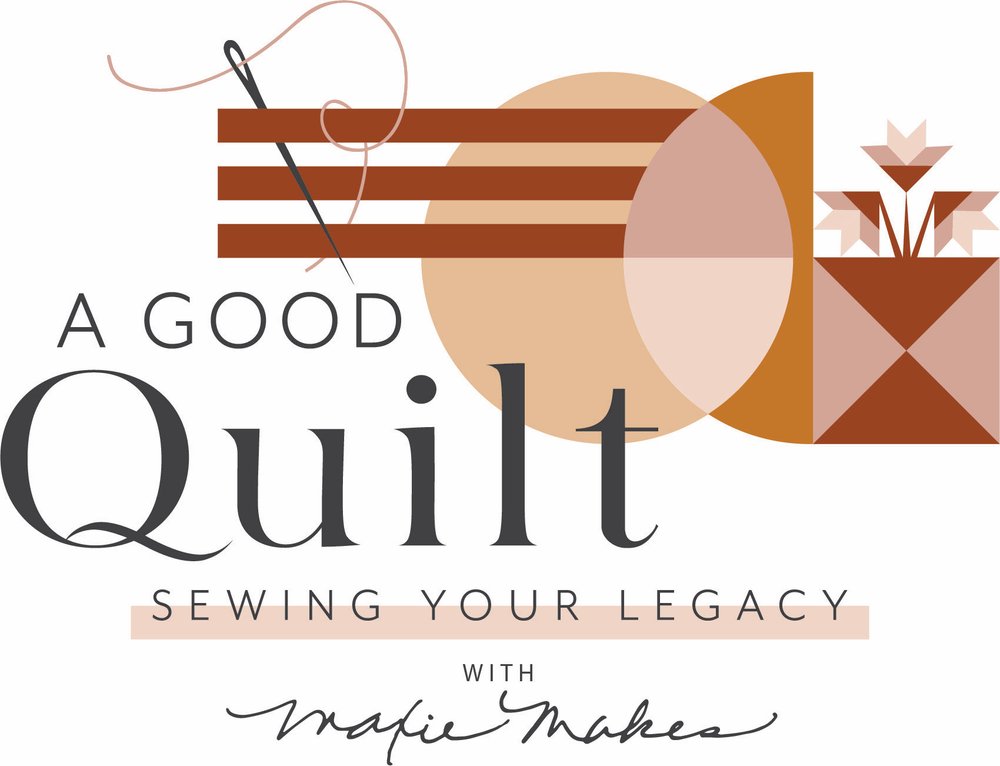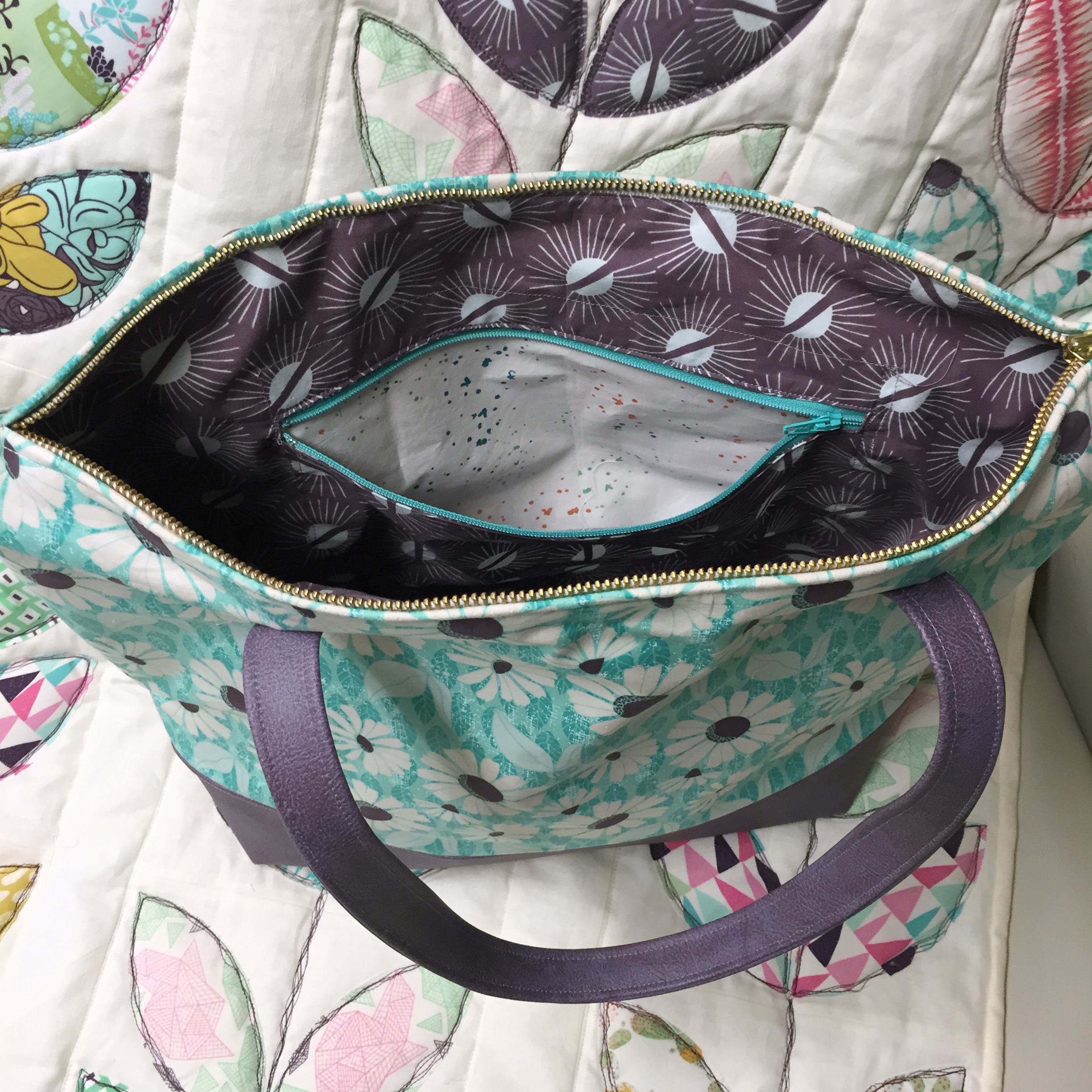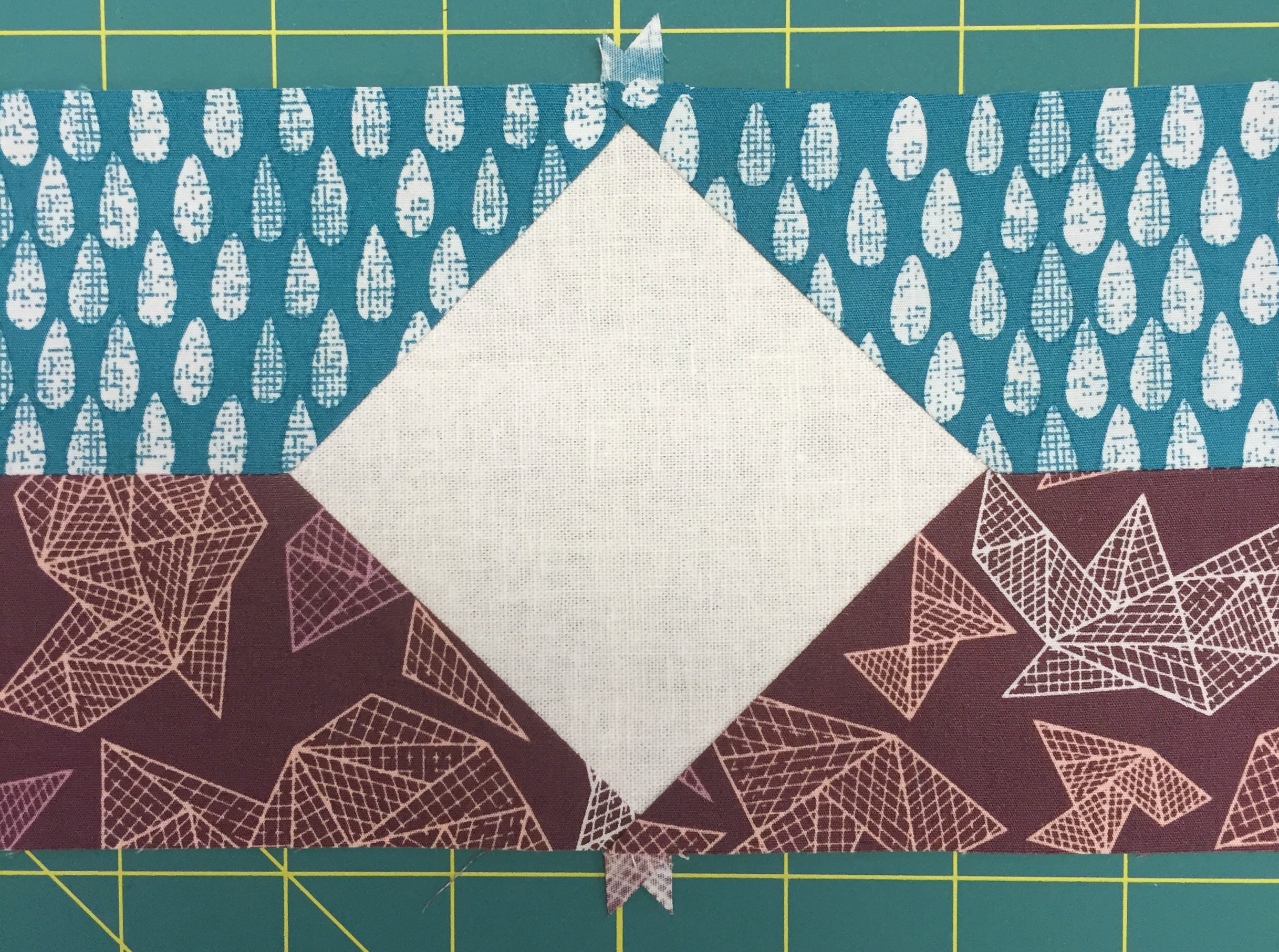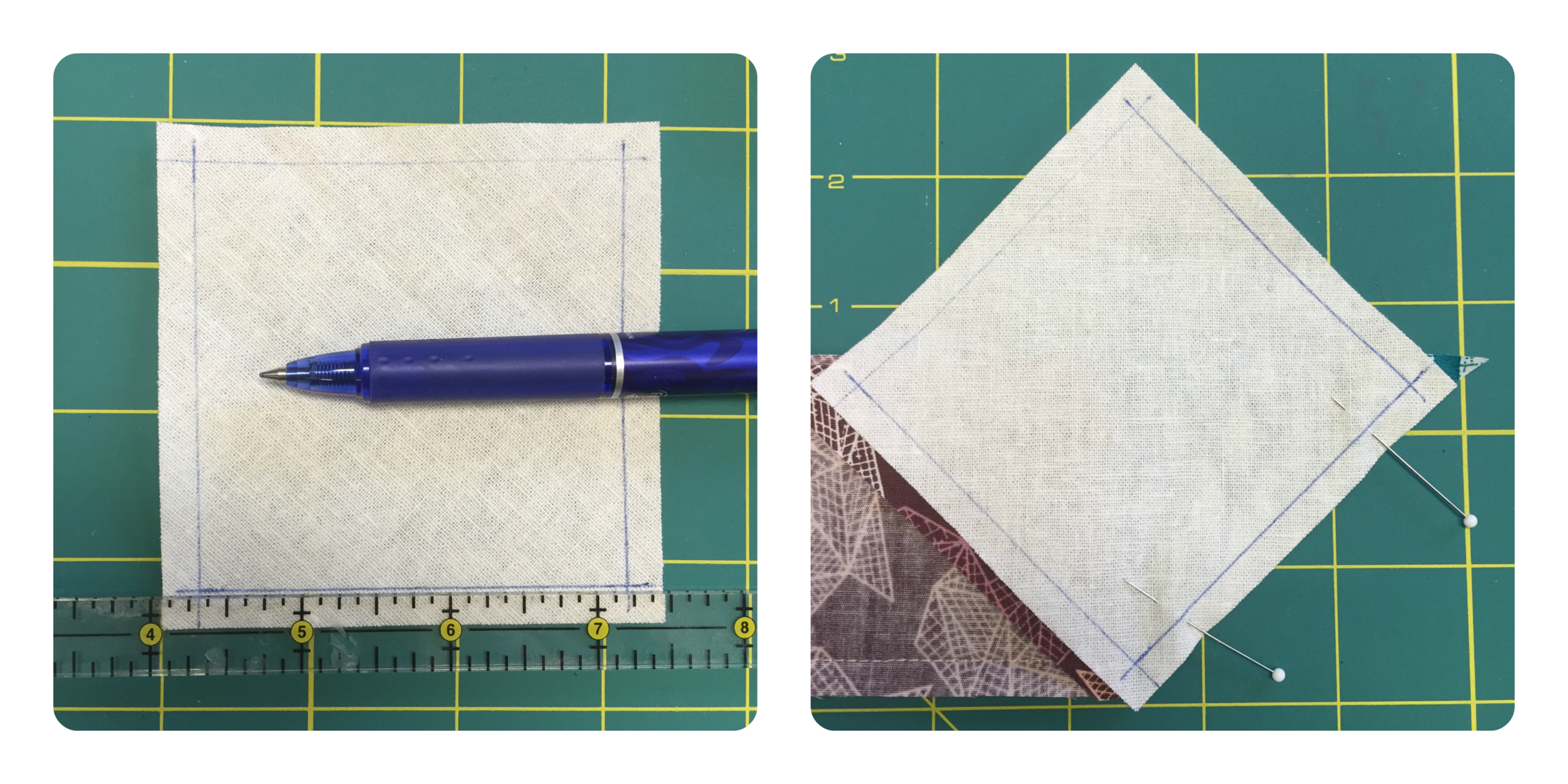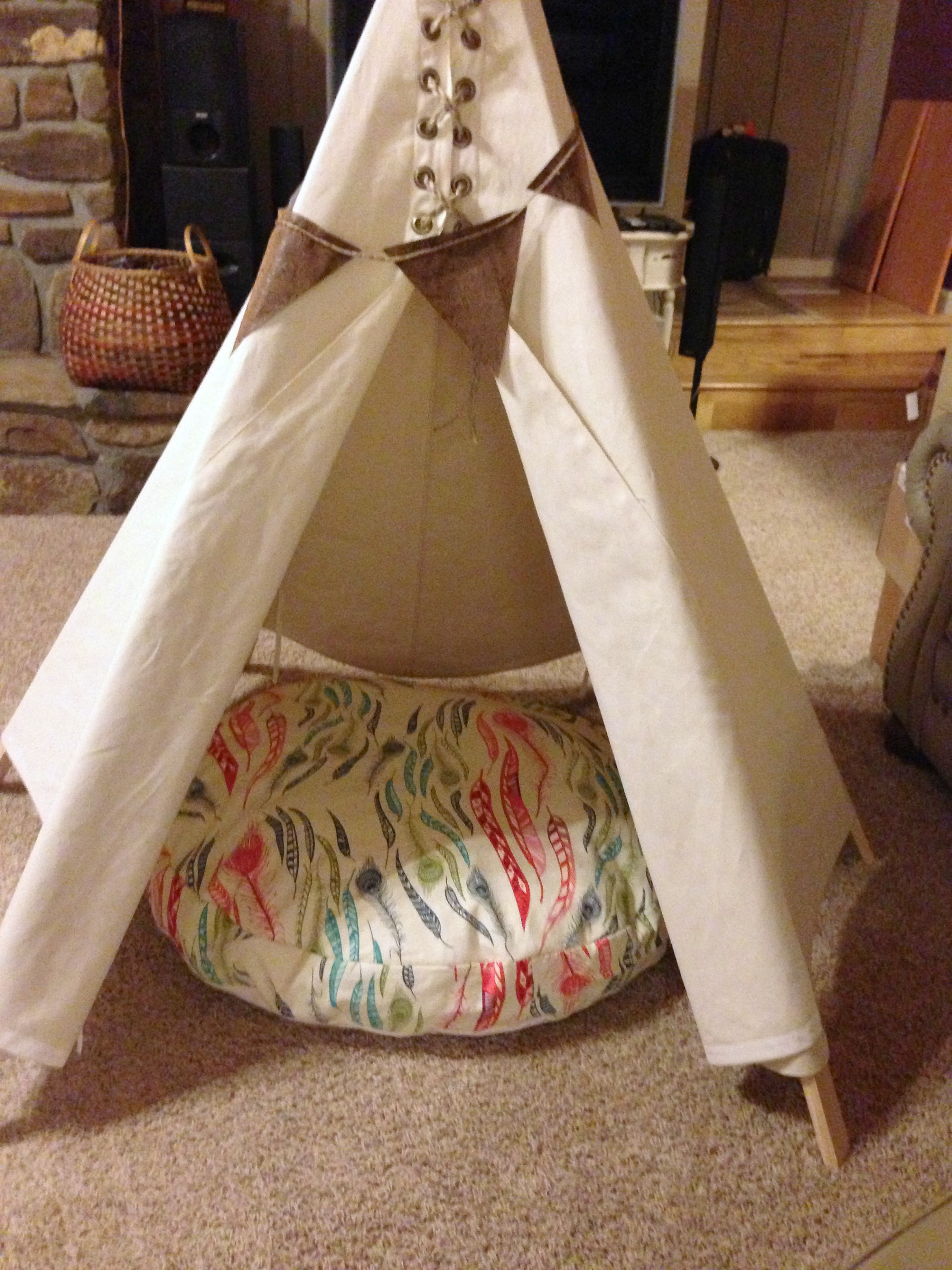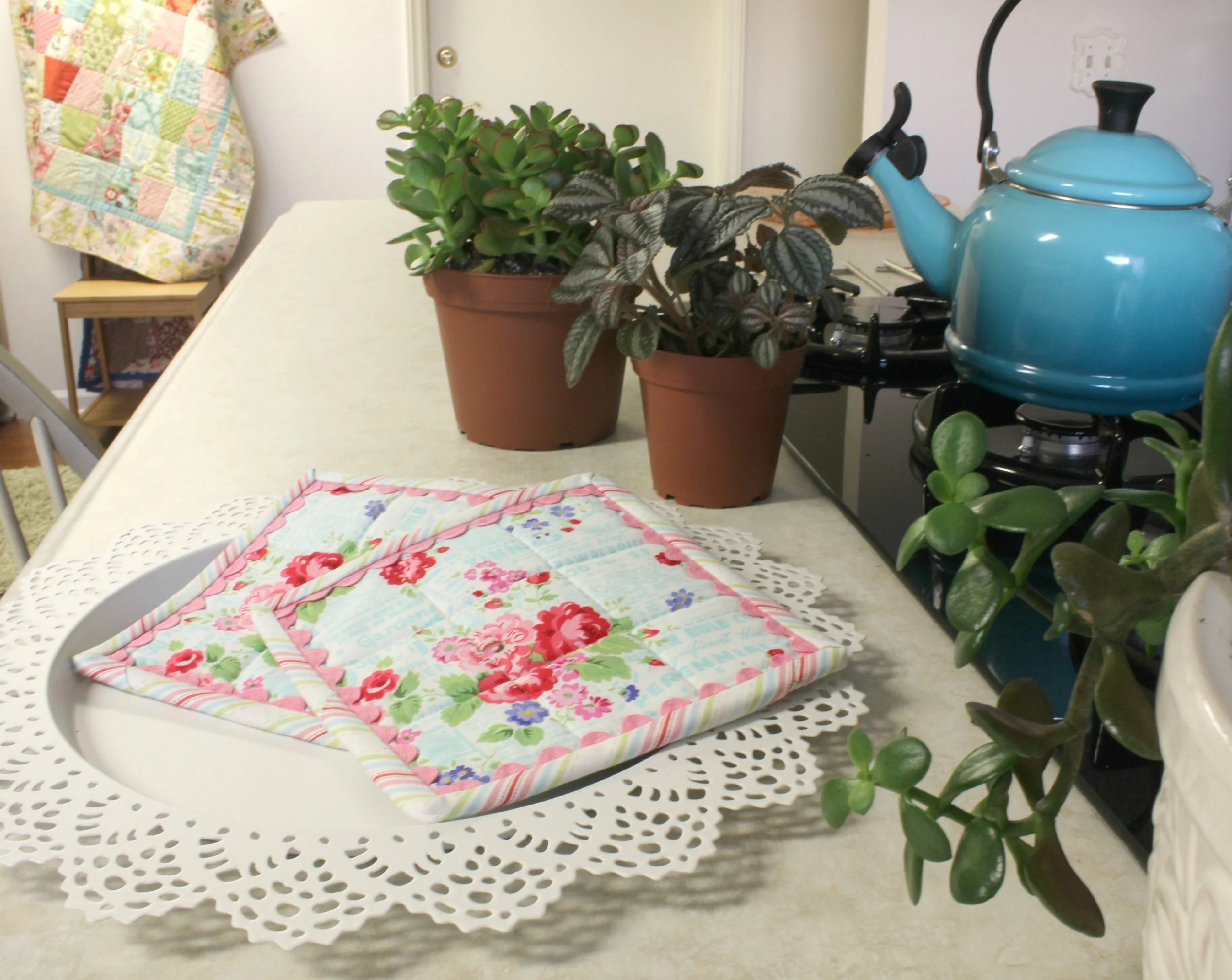I don't know why I call these cute little things binding clips. It seems so limiting. Yes, I do use them for helping hold my binding in place when I'm stitching, whether by hand or machine. But I've found lots of other uses for them and today I decided that they are indispensable. With Quilt Market at hand, Bonnie and I are burning the midnight oil making samples from her Succulance line for her booth. Here is today's project:
Bonnie wanted a bit of an urban look for this large, zippered tote, and here's what I came up with. There may be a pattern in the near future, but let me share a few pictures of the process with you.
The first picture shows how clips helped hold the bottom of the bag for me as I boxed the corners. The middle picture shows how clips held the faux leather in place as I made the straps. Virtually impossible to do with pins. The last picture shows how I used clips to hold the lining to the top of the bag for stitching. Did you know that the back sides of the clips are flat in order to feed through on your sewing machine bed? (Click on the pictures to enlarge them.) So, I must stop calling them binding clips and use their proper name: Wonder Clips! If you haven't added these to your sewing chest, you might want to consider doing so! You'll find them on my shopping page. Leave a comment and tell me how you use your Wonder Clips!
Thanks for visiting today! Happy Sewing and God bless! Maxie
